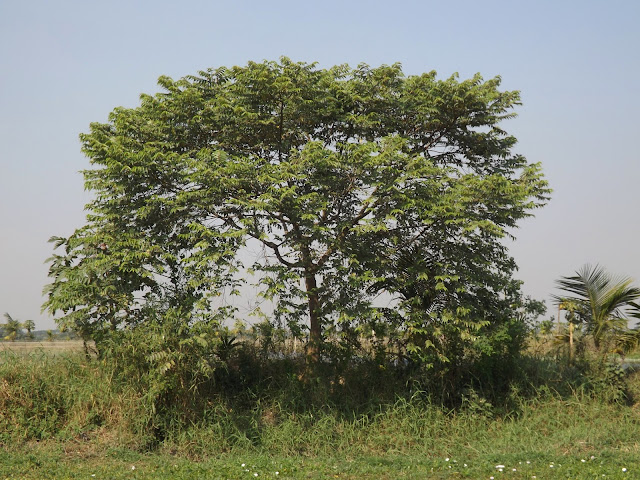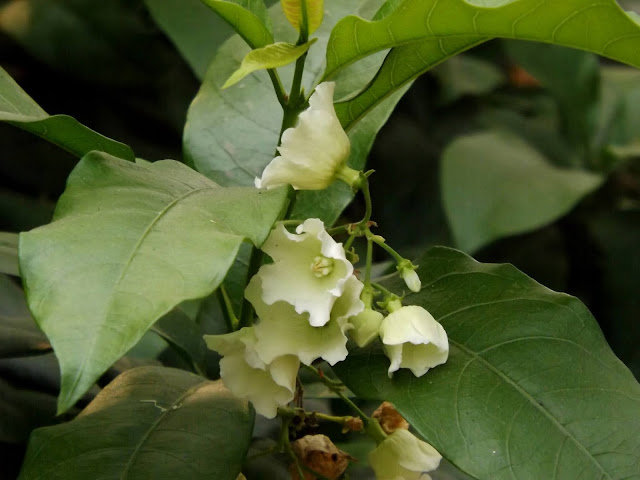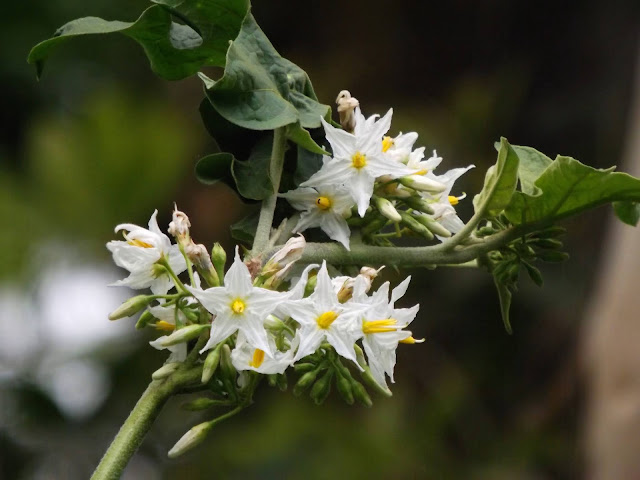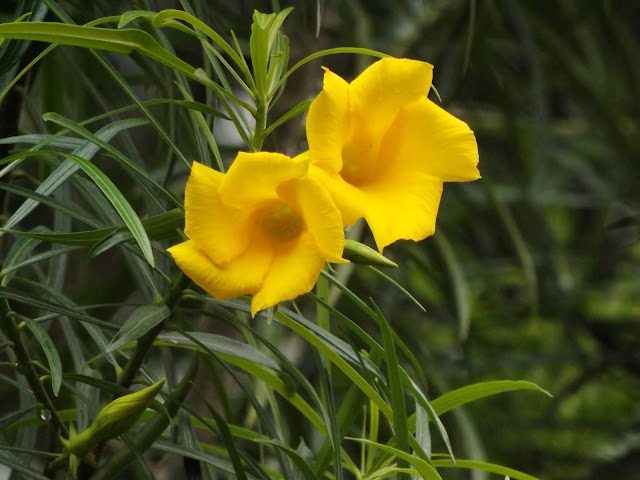Chotro-pushpo or lady's umbrella, Holmskioldia sanguinea
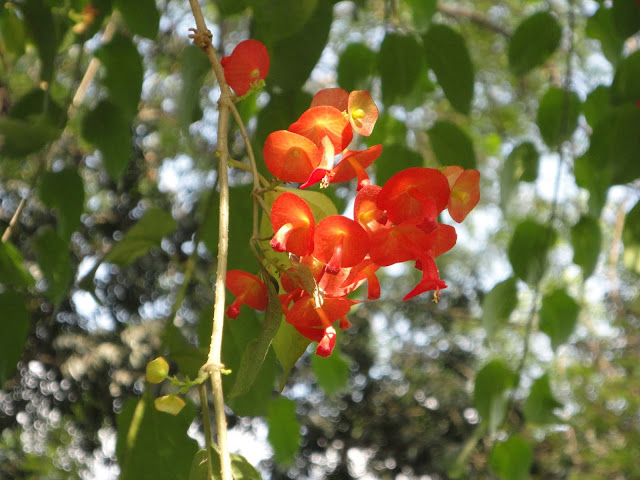
Chotro-pushpo or lady's umbrella ( Holmskioldia sanguinea , family: Verbenaceae) is a woody and creeping shrub with drooping branches. It looks a lot like Bougainvillea from a distance. Bark is grey and smooth. The flowers of the deciduous plant are so unique that it is easily recognizable. It is found in the hilly forests of Sylhet of Bangladesh. The shrub is a native species of the Indian subcontinent. The other Bangla name of the plant is Kushumika. Leaves are pubescent, dark green, elliptic-lanceolate, round or subcordate at the base, 4-6 cm long, opposite, dented with elongated and pointed apex. The corolla of the flower is tubular, 2 cm long, red in color. Calyx almost looks like a upper side of lady's umbrella or a Chinese hat, orange-colored. Bisexual flowers bloom throughout the year but these bloom in abundance in winter and spring. Fruit is ovoid, 1 cm wide. Seeds 4. It is propagated by seeds and cuttings. This wild flower of
